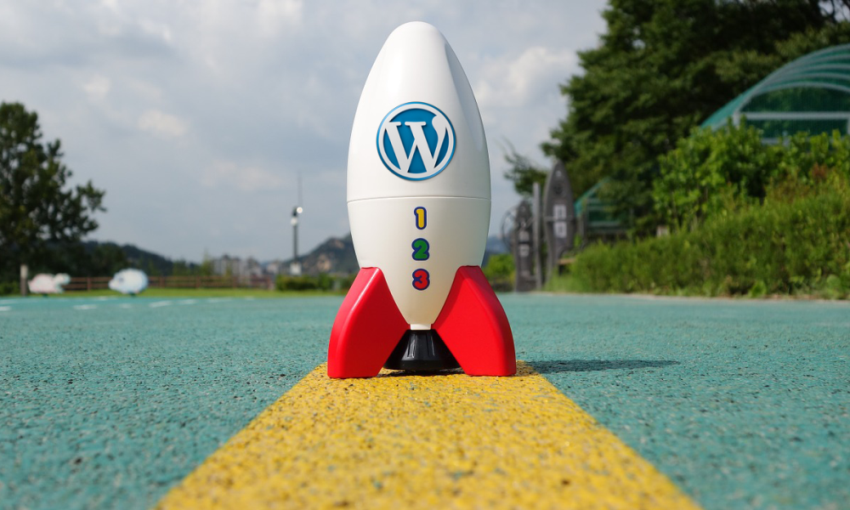
There is no denying that the existence of an appropriate website is justified primarily by its loading speed: the faster, the better. Forty-seven percent of consumers expect a web page to load in 2 seconds or less, which is quite a task to accomplish as a new website owner.
Interestingly, even a single second of delay in page response can result in a 7% reduction in conversions, and Google’s algorithms favour fast-loading websites[1] in the form of search engine rankings. With so much at stake with regard to your website’s loading time, the pain is real. So, how does one make sure that WordPress websites are fast to load?
Caching is an efficient solution
Caching serves the purpose of creating and keeping a static version of your website and serving it to a requesting visitor when they access your website for the second time or more. It enhances your site’s user experience by swiftly presenting the static version without any delay.
This delay, otherwise, is simply caused when a visitor is trying to access a website from their browser and all the website elements such as the posts, slider, headers, CSS files, JavaScript, images, videos, etc., take their own time to get downloaded on the browser. When caching is in place, your website is ever-ready to deliver a cached/static version – quickly.
If you are new to website creation, how do you implement Caching on your website? What are the ways and means? Are their tools that can help you do it?
To start, you must test your website for its speed monitoring using tools such as:
These tools are a great way to figure out anything that might not


